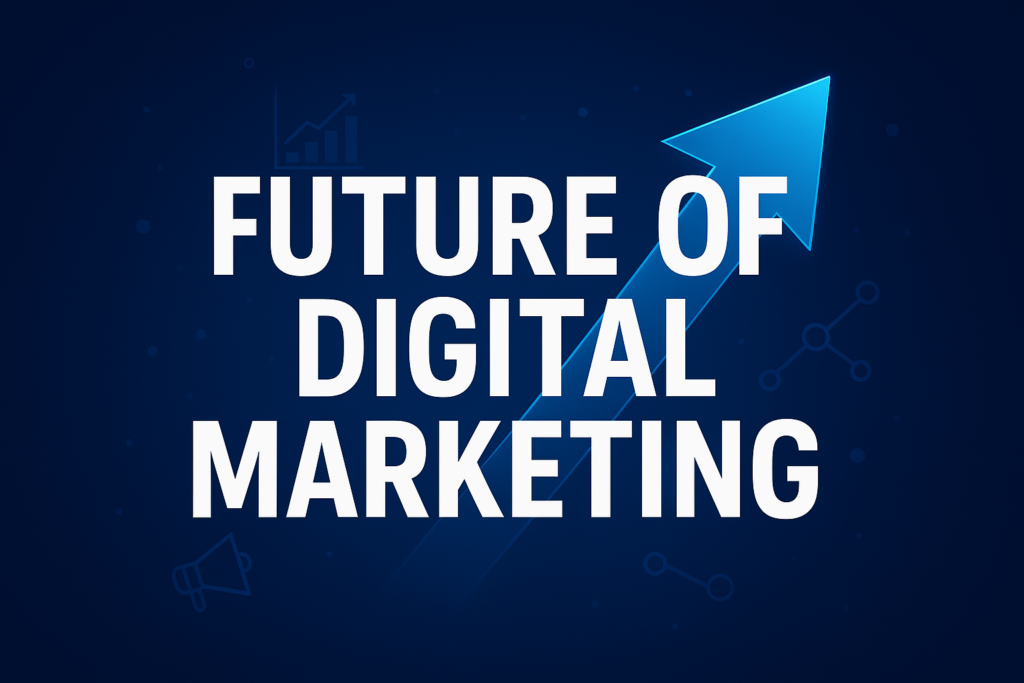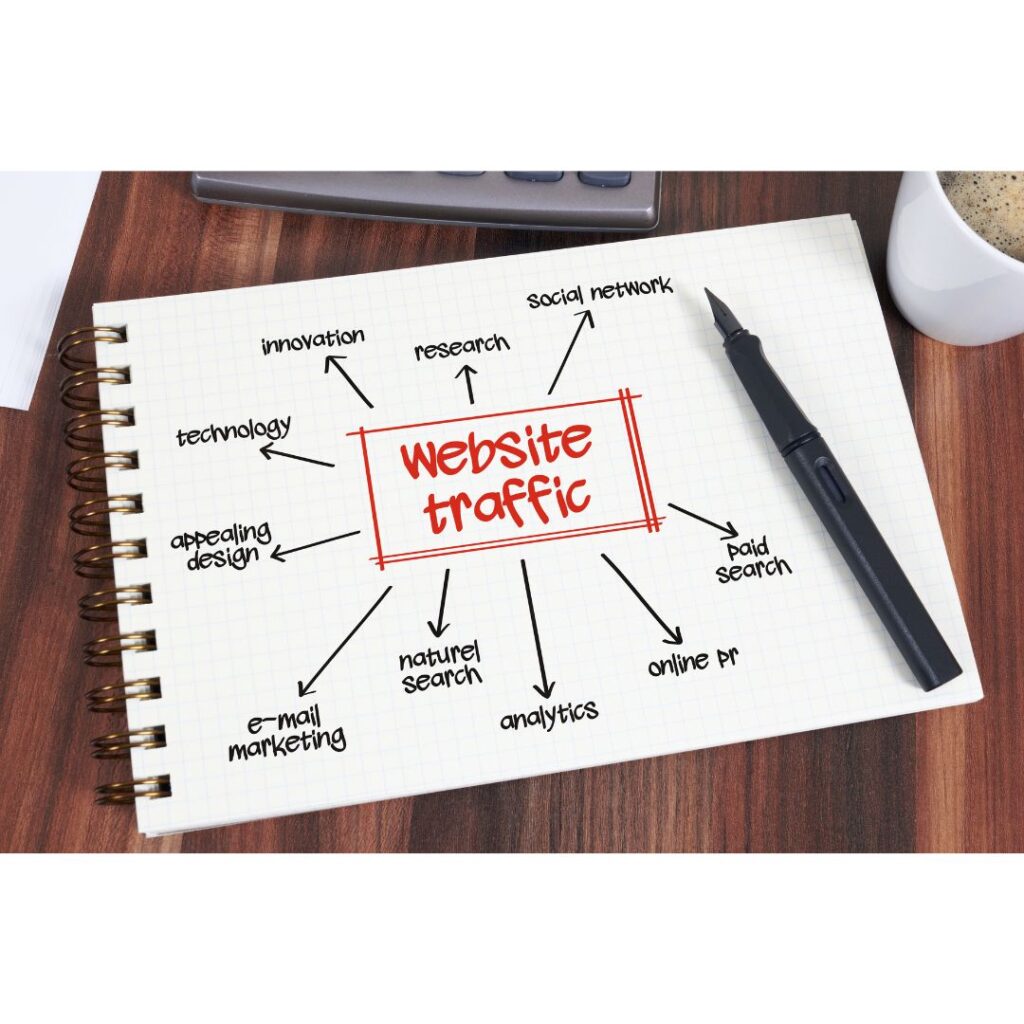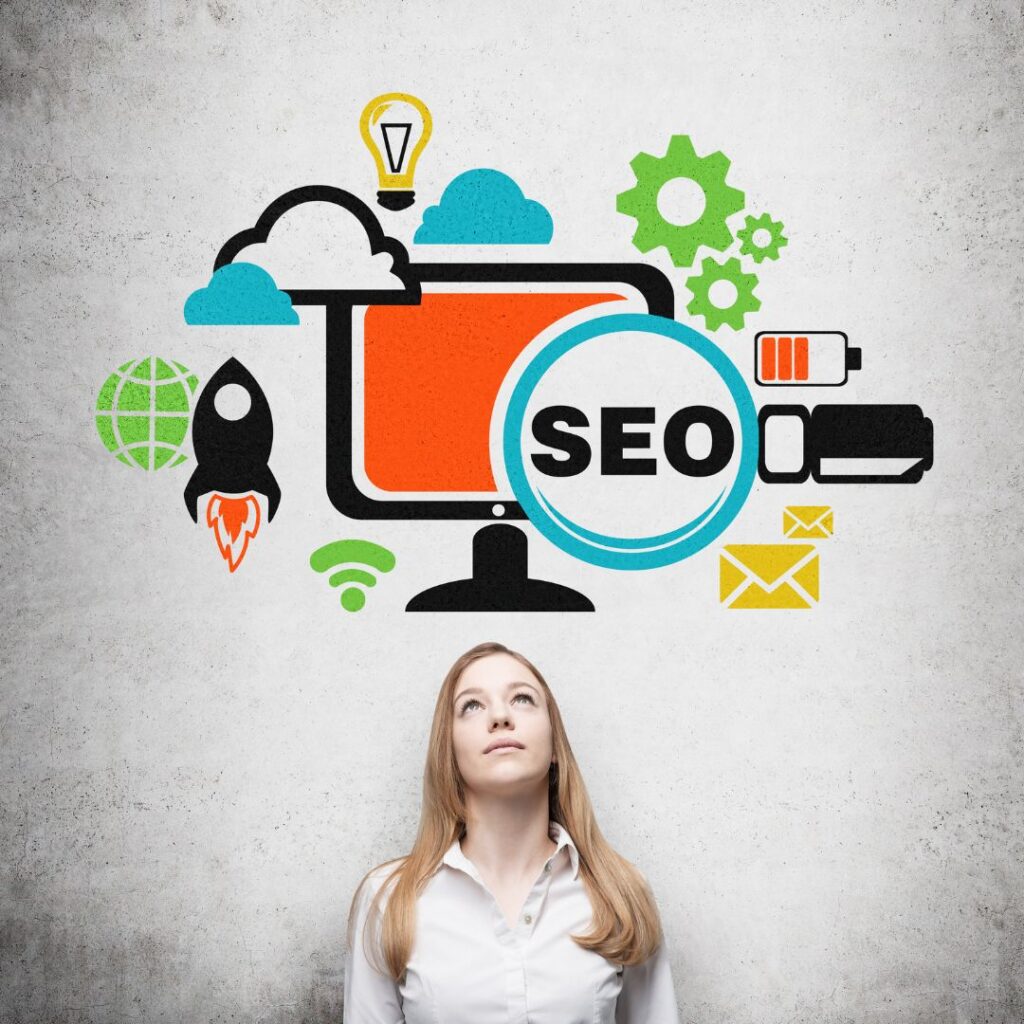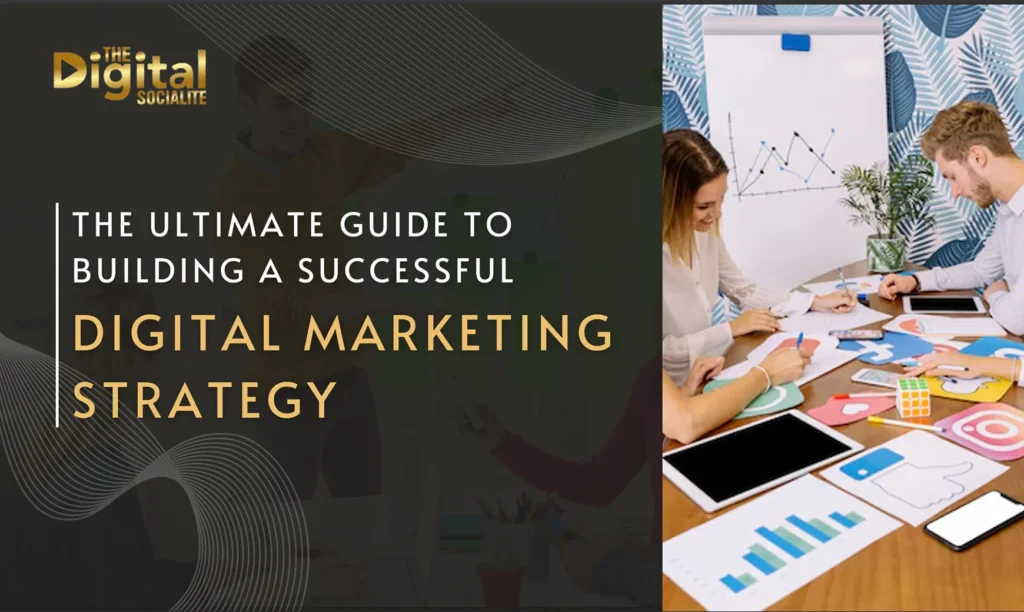The Future of Digital Marketing: Trends, Strategies, and Innovations Shaping the Next Decade
The Future of Digital marketing has evolved dramatically over the past decade. From the early days of email campaigns and banner ads to today’s AI-driven, highly personalized strategies, future of digital marketing has never been more dynamic. With global internet users crossing 5.3 billion in 2024, brands are competing for attention in an ever-crowded digital landscape. As we step into the future of digital marketing , businesses must embrace innovative tools and adapt to changing customer behaviors to remain relevant. This article explores the future of digital marketing, the key trends to watch, and how companies can strategically prepare for the next decade. Why the Future of Digital Marketing Matters The future of digital world is advancing at lightning speed. Technologies such as artificial intelligence (AI), machine learning (ML), blockchain, and augmented reality (AR) are reshaping how businesses interact with their audience. Consumer expectations are risin g: Customers demand instant, seamless, and personalized experiences. Privacy regulations are tightening: With GDPR, CCPA, and cookie restrictions, businesses must rethink their data strategies. Competition is fierce: More brands are entering digital spaces, making innovation crucial. To thrive, businesses need to future-proof their marketing efforts by staying ahead of trends and adopting a customer-first mindset. Top Trends Shaping the Future of Digital Marketing 1. Artificial Intelligence and Automation AI is no longer a futuristic concept—it’s at the future of digital marketing today and will only grow stronger. AI-Powered Analytics: Predic t customer behavior, optimize campaigns, and deliver hyper-personalized recommendations. Chatbots and Virtual Assistants: Provide 24/7 customer service through platforms like WhatsApp, Messenger, and websites. Automated Content Creation: AI tools such as ChatGPT and Jasper are revolutionizing copywriting, social media, and email marketing. Example:E-commerce giants like Amazon use AI to recommend products based on browsing and purchase history, driving sales and enhancing customer experience. Future Impact:Expect AI to dominate everything from SEO optimization to advanced predictive future of digital marketing strategies, making campaigns smarter and more cost-effective. 2. Voice Search and Conversational Marketing With the rise of smart devices like Alexa, Google Home, and Siri, voice search is becoming mainstream.According to recent studies, over 50% of online searches are voice-based, changing how brands optimize their content. Strategies to Adopt: Optimize for voice search SEO by using conversational keywords and natural language. Create FAQ-based content to answer direct customer queries. Use chatbots to engage in real-time, conversational marketing. Example:Domino’s Pizza allows customers to order via voice command, offering a frictionless experience. Future Outlook:Voice-driven commerce will grow significantly, and businesses that adapt early will have a competitive edge. 3. Video Marketing and Short-Form Content Video continues to dominate digital platforms. Platforms like TikTok, Instagram Reels, and YouTube Shorts have reshaped content consumption habits. Why it works: Video is highly engaging and helps explain complex ideas quickly. Trend: Short-form, snackable content grabs attention in under 30 seconds. Future direction: Live streaming and shoppable videos will gain popularity. Tips for Marketers: Create educational, entertaining, and authentic video content. Use storytelling to build emotional connections. Leverage AI-driven video editing tools for faster production. 4. Personalization and Customer Experience (CX) Generic future of digital marketing messages are losing their impact. Customers now expect personalized interactions at every touchpoint. Dynamic Email Campaigns: Tailor emails based on customer behavior and interests. Personalized Website Experience: Show relevant products and content to each visitor. Behavior-Based Retargeting: Display ads based on browsing and shopping patterns. Example:Spotify’s “Wrapped” campaign personalizes year-end music summaries for users, leading to massive social media sharing and engagement. Future Outlook:Personalization will rely heavily on first-party data as third-party cookies phase out, making ethical data collection vital. 5. Augmented Reality (AR) and Virtual Reality (VR) AR and VR are revolutionizing online shopping and brand experiences. AR Try-On Features: Customers can visualize products like clothes, makeup, or furniture before buying. Immersive Brand Experiences: VR allows businesses to create virtual showrooms or tours. Example:IKEA’s AR app lets customers preview furniture in their home environment before purchasing. Future Impact:As AR/VR becomes more accessible, brands will create interactive, immersive marketing campaigns that boost customer engagement. 6. Ethical Marketing and Sustainability Modern consumers are increasingly conscious of sustainability and corporate responsibility.Brands that prioritize ethical practices gain trust and loyalty. Green Marketing: Highlight eco-friendly initiatives and sustainable practices. Transparent Communication: Be honest about product sourcing and company values. Diversity and Inclusion: Ensure campaigns are inclusive and culturally sensitive. Example:Patagonia builds its brand around sustainability and donates a percentage of profits to environmental causes. Future Direction:Authenticity will become a key differentiator as consumers scrutinize brands more closely. The Role of Data and Privacy in Future Marketing Data is the future of digital marketing, but privacy concerns are reshaping how it’s collected and used. Third-Party Cookies Are Fading: Marketers must focus on first-party data from direct interactions. Privacy-Focused Tools: Solutions like Google’s Privacy Sandbox are emerging. Zero-Party Data Collection: Encourage customers to willingly share preferences through surveys, polls, and quizzes. Tip:Be transparent about data collection policies and comply with regulations like GDPR and CCPA to build trust. Future-Proof Digital Marketing Strategies To stay ahead, businesses must embrace innovation while maintaining a strong foundation. Here are actionable strategies: 1. Invest in AI and Machine Learning Use AI for predictive analytics and campaign automation. Implement smart CRM systems to track and nurture leads effectively. 2. Focus on Omnichannel Marketing Ensure consistent messaging across websites, social media, email, and offline channels. Provide seamless transitions between online and offline experiences. 3. Build a Strong Brand Community Leverage platforms like Discord, Facebook Groups, and private forums. Encourage user-generated content to increase engagement. 4. Leverage Micro-Influencers Collaborate with niche influencers for authentic, relatable marketing. Prioritize trust and engagement over follower count. 5. Prepare for the Cookieless Future Build data-driven strategies without relying on third-party cookies. Use loyalty programs and personalized offers to collect first-party data. Challenges in the Future of Digital Marketing While the opportunities are vast, marketers must overcome several hurdles: Data Privacy and Security Concerns Maintaining consumer trust while navigating strict privacy laws. Rapid Technological Advancements Constantly learning and adapting to new tools and platforms.









